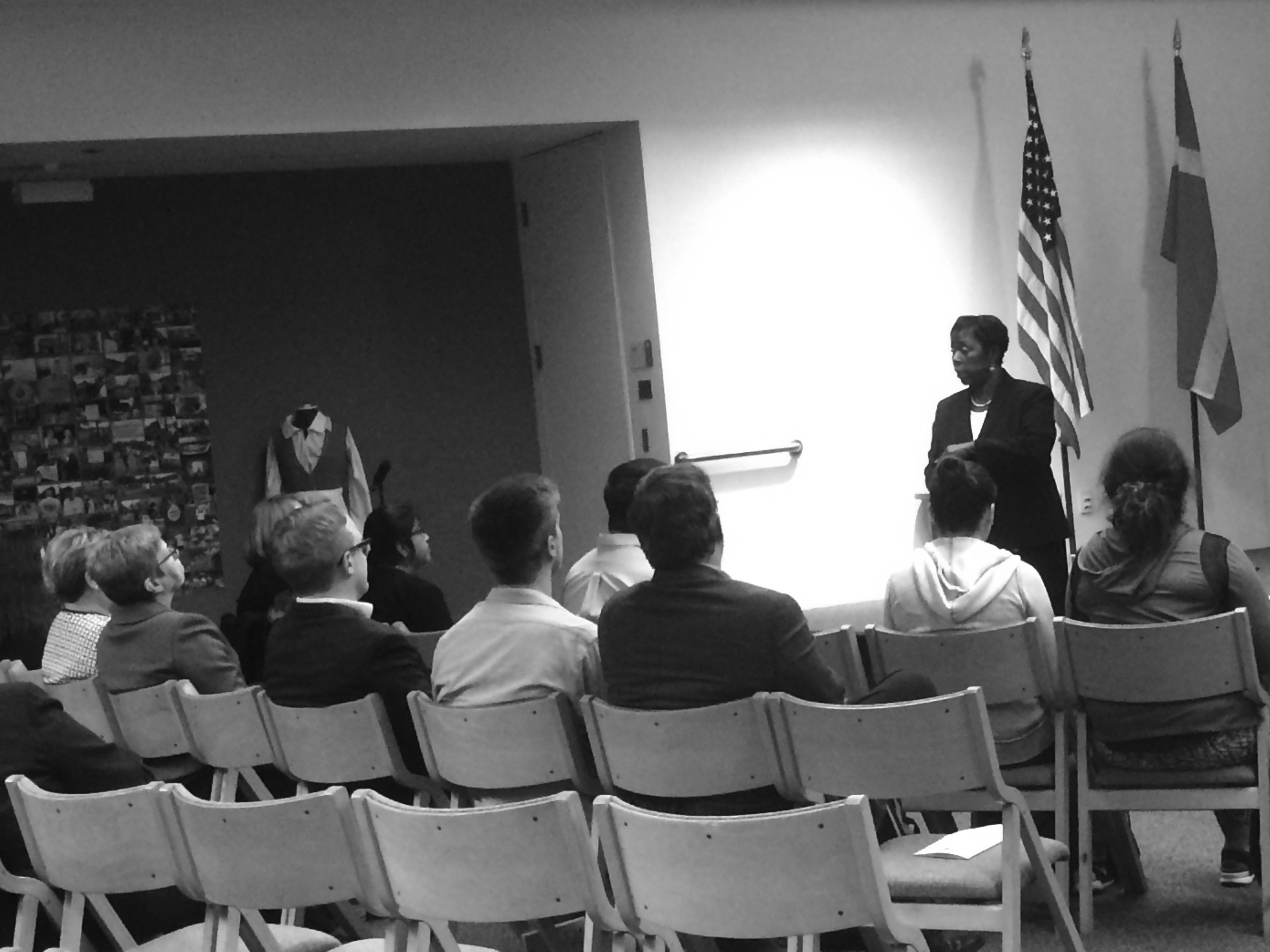By Kelsey Hilmes, Guest Writer
Whether out of desire or necessity, students are flocking to internships in high quantities, hoping for a competitive advantage in the slowly steadying job market. According to a 2012 New York Times article, undergraduates in the U.S. work more than 1 million internships a year, and experts estimate more than half of these are unpaid.
As more undergraduates and new degree holders are accepting unpaid internships, controversy over labor laws is starting to stir. Earlier this year, a series of lawsuits hit headlines where the judges ruled in favor of unpaid interns, agreeing that their employers took advantage of them and owed them back pay.
The effect these trends have on a small liberal arts college in the Northwest may not be much, however. Maxine Herbert-Hill, Pacific Lutheran University’s director of academic internships said she observes only a slight difference in the paid or unpaid internship experience.
“I have a bias towards paid internships when it’s at all possible,” Herbert-Hill said. “I think they’re a more realistic experience for students to perceive and experience a career field as a professional.”
She also said there is a greater delivery expected from the student at a paid internship, and students themselves tend to take their commitment more seriously when they are paid.
Herbert-Hill estimated that around 200 students do internships on campus each year, although she doesn’t have full data to back it up. She said she believes that about half of these internships are done as for-credit academic internships.
At PLU, students have the opportunity of paying to take an internship for academic credit to count toward their degree. Herbert-Hill said only three degrees on campus require internships as a graduation requirement: communication, psychology and women’s and gender studies. This excludes all programs that require special certifications like social work and nursing, which require their own form of internship experiences.
An academic internship is beneficial to students because it requires the student’s adviser and employer to sign an agreement defining what objectives the intern will achieve.
“With a learning agreement, you will always be able to stay on track and achieve the things you set out to do,” Herbert-Hill said. “Without that academic agreement, there’s nothing that anyone can do to leverage that employer.”
Herbert-Hill said she has only seen a handful of employers try to take advantage of their interns over the years. She warned that students should limit the hours they are willing to work on unpaid internships. “I don’t want to send the wrong message to our students, that it’s OK to work 20, 30, 40 hours a week for nothing,” she said. “It’s not OK, it’s very not OK.”
The majority of the internships PLU students work are unpaid because of the close ties the school builds with non-profit organizations. One non-profit that frequently works with PLU students is the Tacoma South Sound Sports Commission, which has been hiring interns for approximately 10 years.
Dean Burke, vice president of the TSSSC, said the non-profit tries to pay its interns when it can but budgeting can be complicated. Burke said the organization tries to set aside funding for one paid intern in the fall and spring but might compromise by lowering the hours of the paid intern or having supplemental interns who work fewer hours in addition to a paid one.
“It’s hard to ask a lot of someone without rewarding them,” Burke said. He later said, “we’ve all been students. We were all there. It’s hard for an intern to stay focused when they have to go to a part-time bartending job later that night.”
Burke said TSSSC tries to make all internships, paid and unpaid, a valuable experience for the intern and encourages them to take initiative on projects they care about. He recalled one intern who was very passionate about women’s lacrosse and worked with them to create a whole new event focused on the sport. They later chose to hire her for a full time position.
Students have also found positive experiences in both paid and unpaid internships. Senior Ian Kinder-Pyle has worked three internships throughout his PLU career that were paid and unpaid. The first was an international internship at an environmental clinic in Canada, the second was with the Washington State Legislature in Olympia and he now works with the City Club of Tacoma.
While Kinder-Pyle said there have been unpleasant or tedious parts of his internships, he has never had a negative internship experience. He said some of the highlights of his internships have been doing a mock debate at the legislature, meeting Congressman Derek Kilmer at City Club of Tacoma and the many networking opportunities.
However, Kinder-Pyle said he was wary about taking an unpaid internship. “You cannot just go in and give them a blank check,” Kinder-Pyle said of potential employers. “You need to determine whether or not the people who are becoming your mentor have your best interests at heart.”
To do this, he said he encouraged finding an internship with the help of Herbert-Hill or a trusted connection to prevent students from being taken advantage of. He also said he suggests setting parameters about what types of projects and how many hours students will work as an unpaid intern.
Kinder-Pyle said he does see a benefit in working unpaid internships, because “it really focuses your attention on why you’re doing that experience.”
Kinder-Pyle is not the only student taking on multiple internships throughout college. Herbert-Hill advises students to start looking at both paid and unpaid internships early, because she is noticing more and more students graduating with two or three internships completed.
“I wouldn’t discourage a student from doing either one,” she said of paid and unpaid internships. “The value comes from what you make of it. It’s rich both ways.”

















